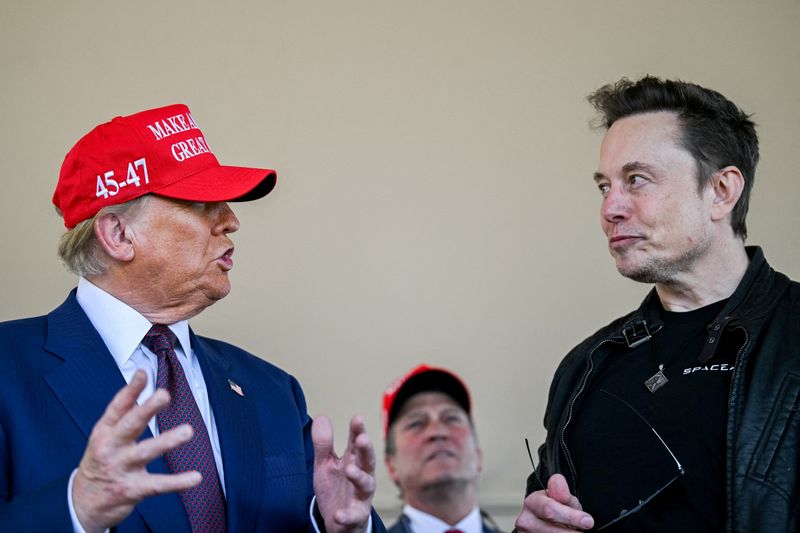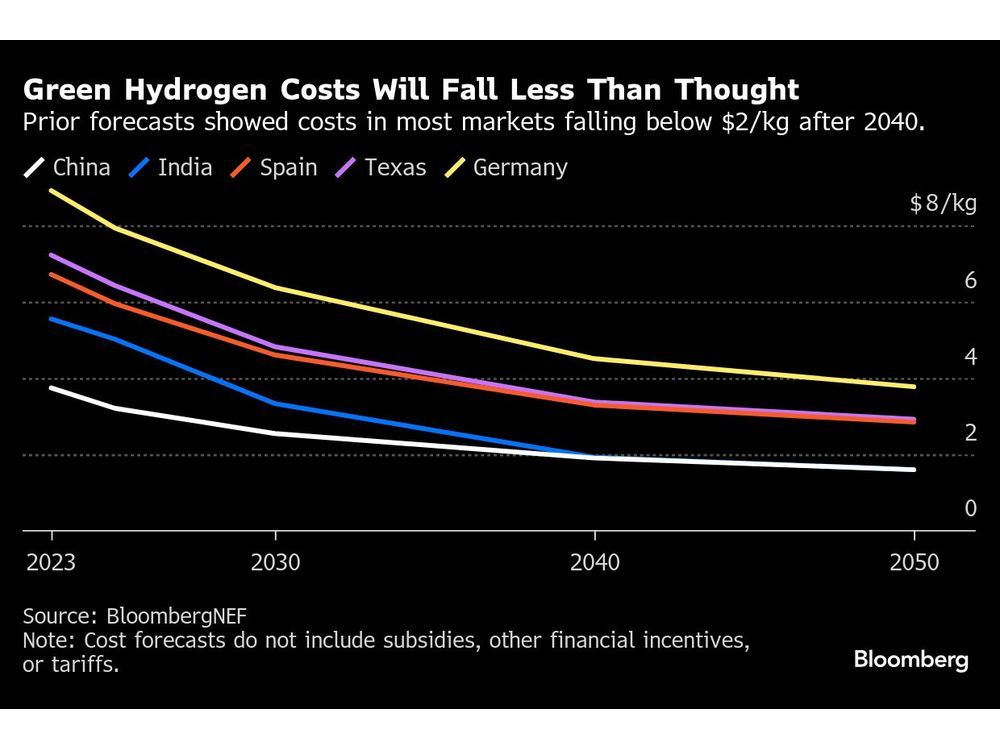Buying and selling companies is the most common method of financing growth for many business organizations. Generally, companies that are sold are smaller than the purchaser company, but it does not mean that large companies cannot buy other large companies because there are times when this happens. When it comes to buying and selling companies, Purchase Price Allocation or PPA plays a major role. Let’s find out more about it.
What is Purchase Price Allocation
Whenever a company is sold, the price that is paid for it must be allocated properly to reflect the fair value of every single asset and liability transferred. This process is called Purchase Price Allocation or PPA. The main goal of PPA is to fairly allocate the purchase price among all business assets acquired so that they can be identified and valued appropriately.
In simple words, Purchase price allocation (PPA) is used when one company (acquirer) is purchasing another company (target) and assigns the purchase price to various assets acquired. PPA is also used when one company (acquirer) is purchasing land and building of another company (target).
Main components of Purchase Price Allocation
There are three main components of PPA: Identifiable assets, Liabilities, and Goodwill, let’s take a look at them:
-
Identifiable assets
Identifiable assets are the tangible and intangible things that you can see and touch. It basically refers to the assets that have a physical form and some value at the time of acquisition. Identifiable assets represent the book value of the company. Identifiable assets can also be called “net identifiable assets” because they are those with a certain value at a given point in time and whose benefits are recognizable.
-
Goodwill
If the book value of the identifiable assets acquired is less than their fair market value (FMV), then an amount equal to the difference between book value and FMV becomes goodwill. It is calculated as the difference between the FMV and the purchase price of identifiable assets acquired. This goodwill is classified as an intangible asset because it has no physical form, but it does have value to shareholders.
-
Write-up
When the book value of an asset is lower than its fair market value, a write-up is used to adjust it so that the carrying amount equals the actual price paid. This increase in the book value of an asset is called a “write-up.” The purpose of this exercise is to ensure that assets acquired are recorded at their FMV.
Example of Purchase Price Allocation
Let’s say company A acquired company B for $5 billion. Company A bought all the assets of Company B, i.e., plant, machinery, furniture buildings, etc. All these are recorded as an asset on company A’s balance sheet.
If the market value of these assets is greater than their book value, then company A records them at their market values and does not make any changes in the book value of company B’s assets. But if the market value is below the book value, then company A increases the book value of Company B’s assets and decreases its cash account by that amount.
This way, company A values all of Company B’s assets on its books at their fair market value. This increase in assets and decrease in cash is recorded as a capital transaction and is known as an “adjusting entry.” The company may also record a gain or loss on bargain purchases.
Conclusion
Purchase Price Allocation or PPA is very important for any company that is buying another one, whether small or large. It plays a major role in the financial statements of both companies because it affects their balance sheet and income statement numbers. So PPA plays an essential role in making sure that assets are recorded at their fair value which ultimately helps the company make a more informed decision.
Further questions
What's your question? Ask it in the discussion forum
Have an answer to the questions below? Post it here or in the forum



SASKATOON, Saskatchewan — Cameco (TSX: CCO; NYSE: CCJ) was informed by our partner, National Atomic Company Kazatomprom JSC (Kazatomprom), and Joint Venture Inkai LLP (JV Inkai), that as of January 1, 2025, JV Inkai has suspended production activity. On December 31, 2024, JV Inkai formally…


With Trump in the White House, the prospect of a trade war and $86 billion in unspent funds, climate venture capitalists are realigning their investment strategies.